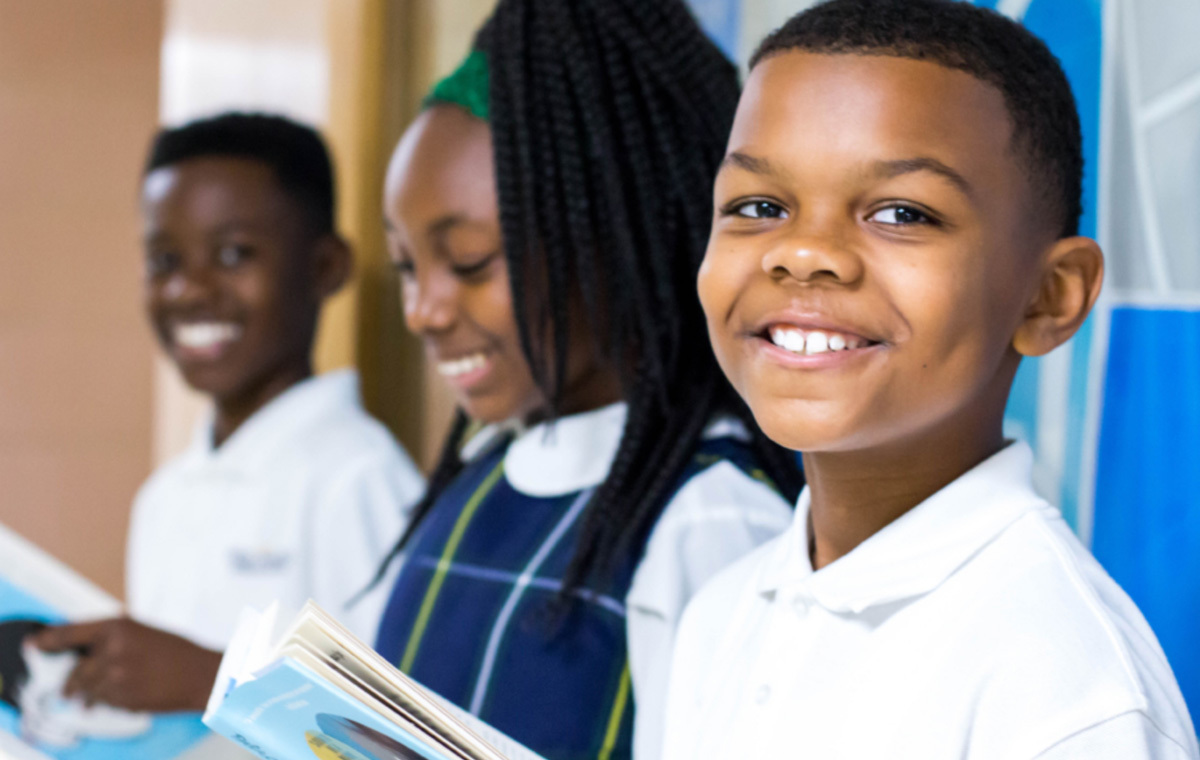
Last week, the Archdiocese of Baltimore announced that it would be opening a new school in the city for the first time in more than 50 years. With a decline in enrollment and budget concerns causing three schools to shutter their doors in 2016, and two others to merge, the prospect of a new school might come as a surprise, but it’s all part of a larger plan.
The Cardinal Keller Regional Community School (CKRCS) is set to open in time for the 2020-2021 school year at Lexington Street and Martin Luther King Boulevard in West Baltimore. The new state-of-the-art building will be more than 66,000 square feet, will have a capacity to hold 500 students, and will include new 21st century technology including a STEM lab and media center. So far, the archdiocese has raised $13 million towards the $18.5 million goal to open the co-ed school that will serve pre-k through eighth grade.
“Catholic education is alive and well in the City of Baltimore, and we do a phenomenal job of educating children,” said Jim Sellinger, chancellor for the archdiocese. “The Cardinal Keller School will be a landmark that will serve students in Baltimore City that have not had access to a non-public school for many years.”
The erection of a new school is just one piece of the archdiocese’s “master plan,” according to Sellinger, which comes at a price tag of $120 million. The remaining funds will be invested in the 44 existing Catholic schools under the archdiocese.
Under the leadership of Archbishop William Lori and through a partnership with University of Maryland Baltimore, BioPark, and the Southwest Partnership, CKRCS is part of a joint effort to reinvest in the West Baltimore community.
“We looked at the west side of Baltimore because we need to be present in that area,” he said. “With all the revitalization work being done, we know that a Catholic school is a critical component to bringing stability and growth to that community.”
Sellinger believes that this couldn’t come at a more perfect time, following the unrest from 2015 and the increased poverty and homicide rates in that area. While the school will draw students from East and West Baltimore, its immediate focus area will include the Lexington Terrace, Poppleton, and Hollins Market neighborhoods, where most students live below the poverty line with families that have a low high school graduation rates.
The financial commitment that is required to send a child to Catholic school is also a common deterrent for families from low-income households, but for the past three years, the archdiocese has been able to help those families through a program created by Gov. Larry Hogan called Broadening Options and Opportunities for Students Today (BOOST). The program is designed to provide assistance for thousands of Maryland students from low-income families who receive state-funded vouchers to attend private schools.
“I look at this like the three legs of a stool,” Sellinger said. “We’ve got parishes in West Baltimore, Catholic Charities, and now we’ll have a Catholic school. So, all three legs of the stool will be there to support the west side.”
